Exploring Light Reflecting Material
Light reflecting materials are integral components in enhancing visibility and safety in various settings. These materials are designed to reflect light, making objects more noticeable in low-light conditions. The technology behind materials reflect light is not just limited to one application but spans across multiple industries and uses.
Types and Applications
Diverse in application, light reflecting materials are utilized in creating traffic signs, road markings, and safety equipment. These materials are essential in manufacturing items like high-visibility clothing, which is crucial for the safety of workers in low-light environments. Additionally, reflective light material is used in personal safety products, such as reflective bands for runners and cyclists, enhancing their visibility during night-time activities.
Features and Materials
The efficacy of light reflecting material is attributed to its construction. Typically made from microprismatic technology or glass bead reflective systems, these materials are engineered to return light to its source, thereby achieving a high level of reflectivity. The durability of these materials is noteworthy, as they are designed to withstand various environmental conditions without significant degradation in performance.
Advantages of Reflective Materials
One of the primary advantages of using light reflecting material is the enhancement of safety. By improving the visibility of objects, these materials significantly reduce the risk of accidents in traffic and industrial settings. Furthermore, they contribute to energy conservation by augmenting ambient light, reducing the need for additional lighting sources. This characteristic is particularly beneficial in areas where electrical lighting is limited or non-existent.
Innovative Uses and Sustainability
Innovation in the field of light-reflective materials has led to their use in unconventional applications, such as fashion and design, where black material reflects no light is used to create contrast and visual interest. Moreover, the sustainability aspect of these materials is gaining attention, as they play a role in creating cleaner environments by reducing the need for artificial lighting.
Customization and Versatility
Reflective materials offer versatility and can be customized to suit specific requirements. Whether it's for traffic safety devices or personal safety gear, the adaptability of light reflecting material allows for a wide range of applications. Their portability and ease of installation make them a practical choice for temporary setups, ensuring safety is maintained without permanent alterations to the environment.

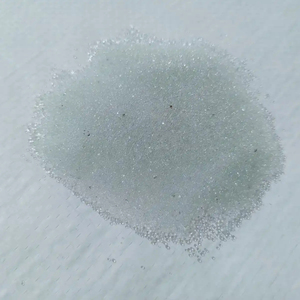

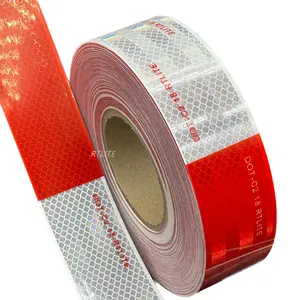
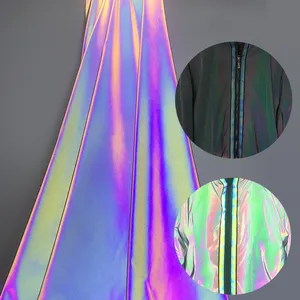



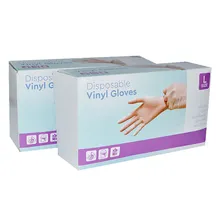
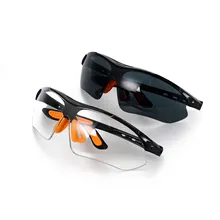



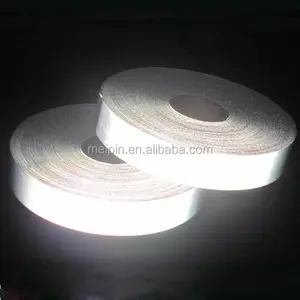


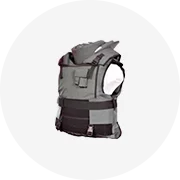


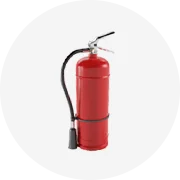
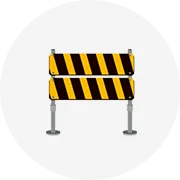








 浙公网安备 33010002000092号
浙公网安备 33010002000092号 浙B2-20120091-4
浙B2-20120091-4